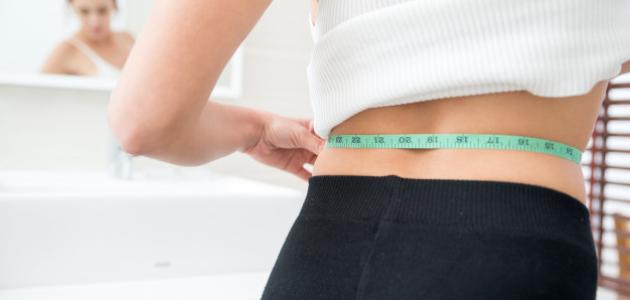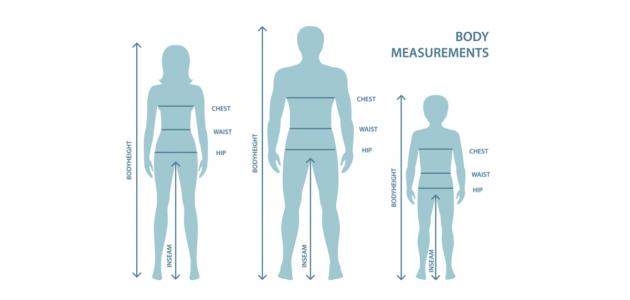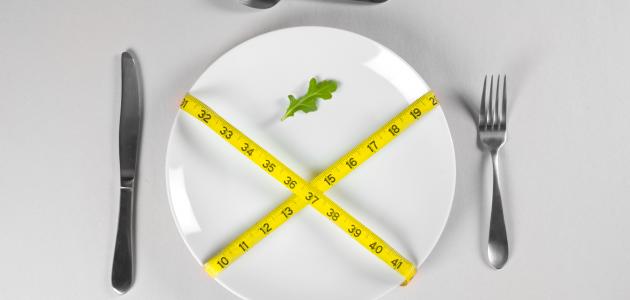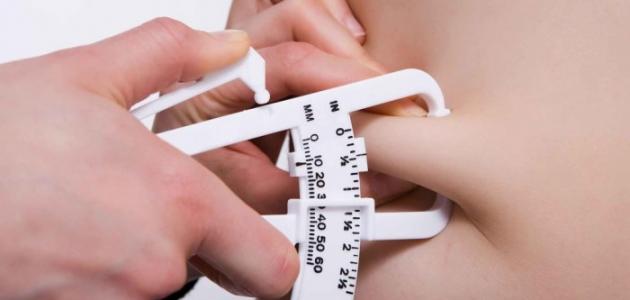Contents
waistline
The waist circumference is defined as a measurement taken around the navel in the abdomen, and body weight, waist circumference, and skinfold thickness are all of the methods used to assess the general nutritional status, and in addition, health experts use the circumference Waist to find out the risk of health problems associated with body weight. [1] [2]
What is the perfect waist measurement
A waist circumference measurement equal to 94 cm or more for men is an indicator of an increased risk of chronic diseases , while a waist circumference measurement equal to 102 cm or more is an indicator of a significant increase in the risk of these diseases, and therefore when the waist circumference measurement is less than 94 Centimeters, which is the healthy limit, reduce their risk of developing chronic diseases. [3]
As for women, a waist circumference measurement equal to 80 centimeters or more is an indicator of an increased risk of chronic diseases, and if it is equivalent to 88 centimeters or more, it is an indication of a significant increase in the risk of chronic diseases, but if it is less than 80 centimeters For women, the risk of developing chronic diseases decreases, and this is the normal limit. [3]
How to measure the circumference of the waist
Waist circumference measurement is especially useful if the patient's body mass index (BMI) is normal or overweight, but if the body mass index is 35 or more, the waist circumference measurement becomes less of a role in determining the degree of risk of disease Therefore, it is not necessary to take a measurement of waist circumference for this category. [4]
It should be noted that waist circumference measurement is less accurate in some other cases. For example: the period of pregnancy due to the enlargement of the abdominal area during it, and children , young people, and some ethnic groups, and to measure the circumference of the waist must follow the following steps: [5] [6]
- Place the measuring tape directly on the skin or on just one layer of thin clothing; This is around the waist area, which is located midway between the lower rib of the rib cage and the pelvic bone, which is approximately above the navel.
- Inhale as normal, then take a measurement on exhale.
- Ensure that the measuring tape is not too tightly held over the skin.
The importance of losing waist fat
Increased waist circumference measurement is associated with a higher risk of cardiovascular disease and death at an early stage compared to having a smaller measurement or weight gain concentration in the buttocks and thighs, and many studies have indicated that abdominal obesity, or what is known as rumen , is closely related. There is a significant increase in the risk of developing type 2 diabetes, as reported by an observational observational study published in Diabetes, [7] as well as an increased risk of cardiovascular disease and death, according to an observational observational study published in the British Medical Journal. [8] Even after controlling for the BMI value. [9]
It should be noted that it is necessary to lose weight regardless of the height of a person or the value of his body mass index in the event that the waist circumference measurement is equal to 94 cm or more for men, and 80 cm or more for women, and it is necessary to consult a specialist doctor if the waist circumference is measured Equal to 102 centimeters or more for men, and 88 centimeters or more for women, in order to increase the risk of some serious health problems, as mentioned previously, and this is due to the effect of the health status of places where fat is stored in the body, in addition to weight. [10]
References
- ↑ Malia Frey (13-3-2020), "How to Measure Waist Circumference for Health" , www.verywellfit.com , Retrieved 9-6-2020. Edited.
- ↑ "Nutrition in the Elderly" , www.sciencedirect.com , (2010), Retrieved 9-6-2020. Edited.
- ^ A b "waist Circumference" , Www.healthyweight.health.gov.au , Retrieved 9-6-2020. Edited.
- ↑ "Guidelines on Overweight and Obesity: Electronic Textbook" , www.nhlbi.nih.gov , Retrieved 9-6-2020. Edited.
- ↑ "Body mass index (BMI) and waist circumference" , www.healthdirect.gov.au , 10-2018, Retrieved 9-6-2020. Edited.
- ↑ "Assessing Your Weight" , www.cdc.gov , 28-1-2020, Retrieved 9-6-2020. Edited.
- ↑ LO Ohlson, B Larsson, K Svärdsudd, And Others (10-1985), "The Influence of Body Fat Distribution on the Incidence of Diabetes Mellitus. 13.5 Years of Follow-Up of the Participants in the Study of Men Born in 1913" , Diabetes , Issue 10, Folder 34, Page 1055-1058. Edited.
- ↑ B Larsson, K Svärdsudd, L Welin, And Others (1984), “Abdominal Adipose Tissue, Obesity, and Risk of Cardiovascular Disease and Death: 13 Year Follow Up of Participants in the Study of Men Born in 1913” , The BMJ , Issue 6428, Folder 288, Page 1401-1404. Edited.
- ↑ "Waist Size Matters" , www.hsph.harvard.edu , Retrieved 9-6-2020. Edited.
- ↑ "Why is my waist size important?" , www.nhs.uk , 24-9-2019, Retrieved 9-6-2020. Edited.










